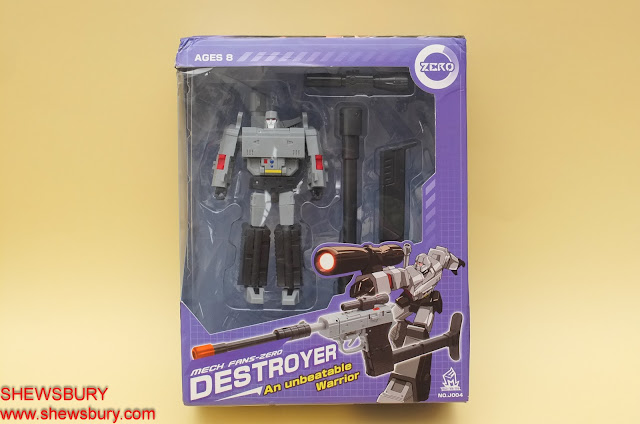1/72 Real X - 1974 Nissan Fairlady Z-L 2by2 (Real X Fairlady Histories Collection 2nd)


Continuing our review for this "1/72 Real X Fairlady Histories Collection 2nd", now we will look at the "1974 Nissan Fairlady Z-L 2by2" also known as Datsun 240Z.
A little bit of information about this car from Wikipedia:
The Nissan S30 (sold in Japan as the Nissan Fairlady Z and in other markets as the Datsun 240Z, then later as the 260Z and 280Z) was the first generation of Z GT two-seat coupe, and later (beginning in the 1974 model year) also 2+2 hatchbacks produced by Nissan Motors, Ltd. of Japan from 1969 to 1978. It was designed by a team led by Mr. Yoshihiko Matsuo, the head of Nissan's Sports Car Styling Studio. HLS30 was the designation of the left-hand drive model and HS30 for the right-hand drive model.
All variants had a 4-wheel independent suspension consisting of MacPherson struts in front (borrowed from the Nissan Laurel C30) and Chapman struts in back. Front disc brakes and rear drums were standard.
The 240Z and 260Z used twin, variable venturi Hitachi one-barrel side-draft SU-like carburetors. The carburetors were changed beginning with model year 1973 to comply with emissions regulations, but the earlier carburetors were far superior for performance.
All variants had a 4-wheel independent suspension consisting of MacPherson struts in front (borrowed from the Nissan Laurel C30) and Chapman struts in back. Front disc brakes and rear drums were standard.
The 240Z and 260Z used twin, variable venturi Hitachi one-barrel side-draft SU-like carburetors. The carburetors were changed beginning with model year 1973 to comply with emissions regulations, but the earlier carburetors were far superior for performance.
The 1970 240Z was introduced to the American market by Yutaka Katayama, president of Nissan Motors USA operations, widely known as Mr. K. The 1970 through the mid-1971 model year 240Z was referred to as the Series I. These early cars had many subtle but notable features differing from later cars. The most easily visible difference is that these early cars had a chrome "240Z" badge on the sail pillar, and two horizontal vents in the rear hatch below the glass molding providing flow through ventilation. In mid-1971, for the Series II 240Z cars, the sail pillar emblems were restyled with just the letter "Z" placed in a circular vented emblem, and the vents were eliminated from the hatch panel of the car. Design changes for the U.S. model 240Z occurred throughout production, including interior modifications for the 1972 model year, and a change in the location of the bumper over-riders, as well as the addition of some emission control devices and the adoption of a new style of emissions reducing (and performance compromising) carburetors for the 1973 model year.
The 1970 models were introduced in October 1969, received the L24 2.4-liter engine and a 4-speed manual. A less common 3-speed automatic transmission was optional from 1971 on, and had a "Nissan Full Automatic" badge.
In 2004, Sports Car International named this car number two on the list of Top Sports Cars of the 1970s. One of the most appealing Japanese cars ever produced, it nevertheless disappeared almost entirely from American roads within two decades, presumably because like most Japanese cars of the time it had insurmountable rust issues.
So for now, let's have a look at this car;








This miniature version features a nice emblem markings, realistic looking rubber tires and wheels, other exterior details and painting finishing are quite remarkable as well;




This model comes with right hand steering wheel in accordance to Japanese/British style.

Overall, we are quite happy with this car. The painting finishing and the exterior detailing of the car is quite impressive, in fact it is much better than those from Hot Wheels and Takara Tomy. The interior detailing, from what I can see, is also quite good - considering the scale. The display base with the car's name and model printed on it is a nice added bonus.


end


again this mini-replica has amazing details and a neat paint and pad printing job... for that very reason i’m pretty sure it cost must be prohibitive and if you add their origin, well... sigh*... i love’em =)
ReplyDeleteagain the details in this mini-replica are amazing, also the accuracy of the paint and pad printing job !!! for that very reason i’m pretty sure their cost must be prohibitive and if you add their origin, well... sigh*... i love’em =)
ReplyDeleteNo complaint but only compliments for this series of Fairladies miniatures cars. Even the chrome on the bumpers are well represented.
ReplyDelete